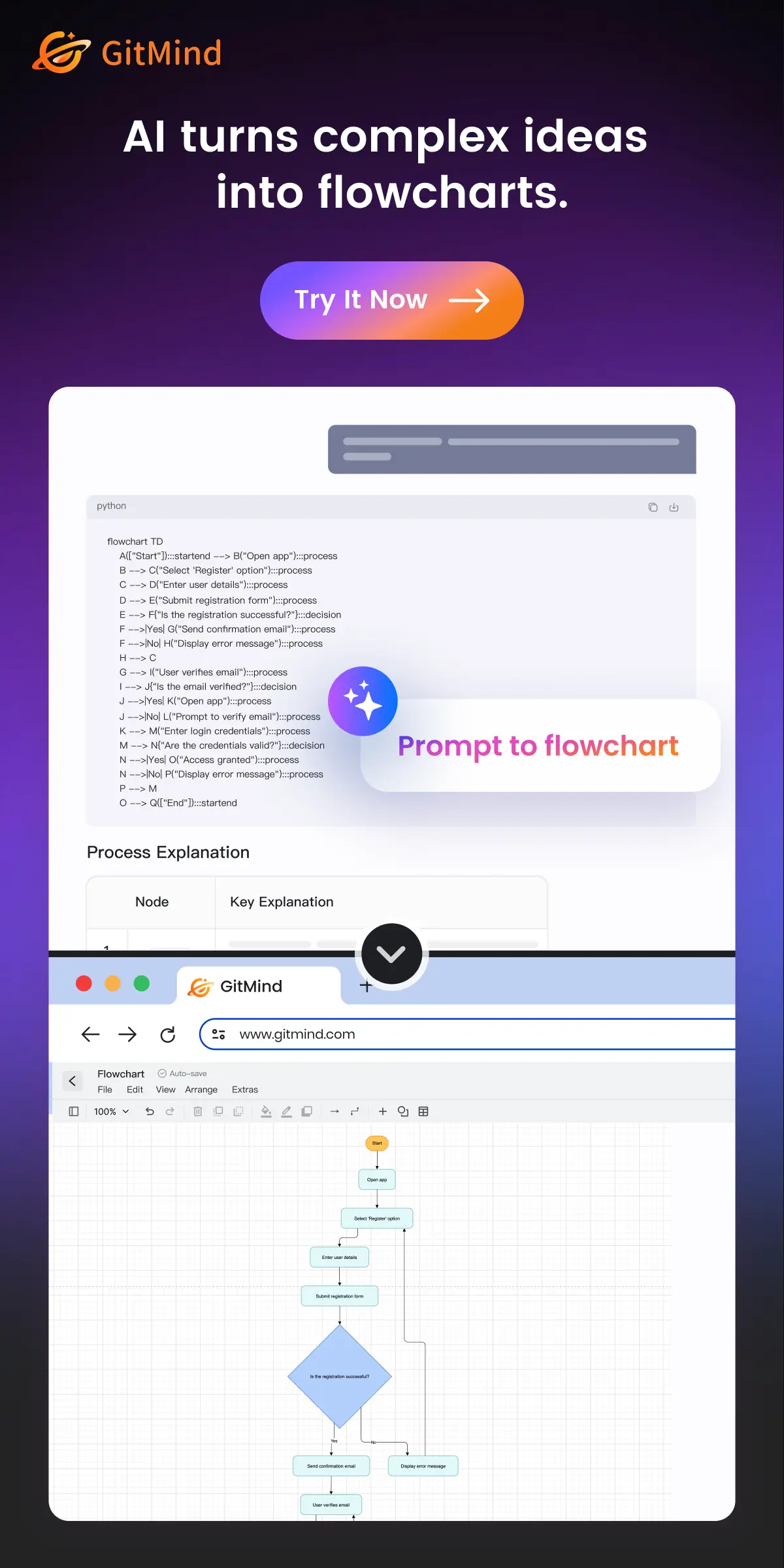
A Changing World
5 Ways the Internet of Things Can Change Modern Engineering
Read a summary using the INOMICS AI tool
When you mention the Internet of Things (IoT) and how it applies to engineering, most people’s thoughts turn to the manufacturing industry. Undoubtedly, the use of internet-enabled devices that link up, communicate and work with each other will revolutionise factory work. It will make assembly line processes more streamlined and cost-efficient. But, there are also plenty of uses for IoT technology in the traditionally, more ‘manual’ environments of construction and infrastructure projects. It’s estimated that IoT will have an economic impact of $6.2 trillion by 2025. So, one thing’s for certain, the IoT revolution is likely to affect every area of the economy, including all types of engineering. Let’s take a look at how IoT applications are set to change engineering over the next few years. But first, let’s explore what IoT actually is.
 What is the Internet of Things?
What is the Internet of Things?
In a nutshell, the Internet of Things describes a network of physical objects, or 'things', equipped with sensors, software, and other technologies, which are designed for the purpose of connecting and exchanging data with other devices over the internet. IoT sensors are able to measure just about anything, including pressure, temperature, vibrations, rotation, location, torque or force, voltage, light, motion, sound, humidity, plus much more. It’s pretty obvious to see how these could come in useful in an engineering environment. IoT smart devices link up with specialist software and apps, often storing the large amounts of data in a cloud. The data can then be visualised automatically or used to generate insights.
Ok, so that’s the basics. Now it’s time to see a few of the real-world applications.
1. RFID Technology
RFID stands for Radio-free Identification. The system consists of little tags that are attached to items and can be tracked by a scanner. They are already commonly used in warehouses to check stock, as unlike barcodes, a direct line of sight isn’t needed between scanner and item. An example of using this in an engineering environment is a company that manufactures parts for on-site machinery can place a locker full of spare parts on site that uses RFID to track when items are removed and will trigger a delivery when stocks are getting low.
2. Smart Dust
Ok, this IoT idea is in its early stages, and it may sound a bit ‘out there’. The concept is that nanotechnology is used to create tiny IoT sensors that are the size of a grain of sand. These can be used in industries such as oil exploration to track movements in rock formations or can be used to cover engineering machinery to detect and alert engineers to any faults or potential problems.
3. Aerospace – Smart-planes
Until now IoT devices have been confined to the factory floor in the aerospace industry. However, there are plans to integrate IoT smart devices into the aeroplanes themselves, which means that technical or engineering problems can be flagged up to maintenance teams before faults actually develop. This IoT-powered ‘pre-emptive engineering’ would save millions over the long term.
4. Energy Networks
Smart meters are becoming common in homes these days, and their functionality is likely to expand over the coming years to include more integration with domestic appliances. IoT technology is also being used by energy companies to improve their own operations. Oil and gas pipelines use smart-sensors to detect leaks quickly so they can be swiftly repaired.
5. Remote Operation in Construction
Site machinery such as excavators and bulldozers are becoming increasingly fitted with IoT technology to allow remote operations. Sensors fitted to the machinery ensure safe movement. IoT also means that senior engineers or site foreman can track machinery and tools easily, giving them an overview of the entire worksite, especially useful for large-scale building projects. Another IoT device that can come in handy on a building site is Google Glass, which will allow engineers to access drawings and other important documents hands-free.
The Future of Engineering
Engineering companies would be well advised to stay up-to-date with all the latest developments in IoT technology, as it will bring about seismic changes over the next few years. The future is ‘smart’ workplaces and worksites. IoT technology will allow machinery, tools, and people to interact and work together much more efficiently.
-
- Practitioner / Consultant Job
- Posted 2 weeks ago
SENIOR STRUCTURAL ENGINEER
At Conrad Consulting in London, Großbritannien -
- Practitioner / Consultant Job
- Posted 2 weeks ago
SENIOR STRUCTURAL ENGINEER
At Conrad Consulting in Hertford, Großbritannien -
- Other Job
- Posted 1 day ago
Power Systems Engineer
At CV-Library in Stafford, Großbritannien









